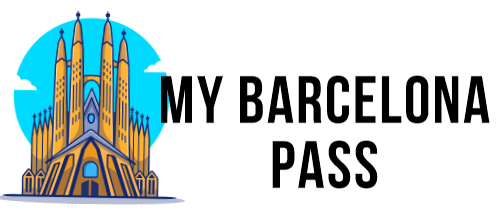About History of Park Guell
A Home for the Middle-Income Group
The Park Guell history dates back to the early 20th century when Antoni Gaudi and his patron, Eusebi Güell, shared a vision to build a self-sufficient community that blended natural surroundings with modern amenities. Their goal was to cater to the elite class, providing them with luxurious homes, educational institutions, markets, and a place of worship. The Park Guell project was meticulously planned to offer an exclusive and secluded living experience for its residents.
The design of Park Guell prioritized green spaces over the built environment, creating a harmonious balance between the two. Gaudi's unique architectural style can be seen throughout the park, with its colorful mosaics, twisting columns, and organic shapes. Although the Park Guell project was never fully realized as a self-sufficient community, it has become a popular public park and a symbol of Gaudi's creative genius.
Today, visitors can explore the park's winding paths, enjoy panoramic views of the city, and marvel at the intricate details of Gaudi's designs. Park Guell remains one of Barcelona's top attractions and a testament to the enduring legacy of its visionary creators.
Project That Has Been Left Behind or Discontinued
Regrettably, the collaborative venture between Guell and Gaudí did not meet their desired outcome. The affluent community in Catalonia expressed dissatisfaction with the site's location, which they believed was too distant from the city center, particularly during the 1900s when the urban area was much smaller than it is now.
As a result, the construction work came to a halt in 1914, and the park was left in its current state. Out of the originally planned 60 houses, only two were constructed - Casa Larrard for Eusebi Güell and a watch house purchased by Gaudí.
In 1922, Barcelona's municipal government acquired the entire property and repurposed it as a public park. Today, the park stands as a testament to the ingenuity of two visionary architects, despite not achieving their desired goal. Visitors to the park can marvel at its exquisite architecture and lush gardens, appreciating the beauty that once captivated Güell and Gaudí's imagination.
Major Reasons to Visit Park Guell
- Spectacular Views: The park provides breathtaking panoramic views of the city of Barcelona and the Mediterranean Sea.
- Unique Architecture: The park is home to some of Gaudi's most creative architectural designs, such as the famous dragon fountain and mosaic benches.
- Lush Gardens: The park's gardens are filled with vibrant flowers, plants, and trees, making it a perfect place to relax and enjoy nature.
- Historical Significance: Park Guell has a rich history dating back to the early 20th century when it was commissioned by Eusebi Guell and designed by Antoni Gaudi.
- Cultural Experience: The park is a cultural landmark and a symbol of Catalan modernism, making it an excellent destination to experience Barcelona's artistic and cultural heritage.
FAQ’s of Park Guell
Can I purchase tickets for Park Guell online?
Yes, it is recommended to purchase tickets in advance online to avoid queues and secure your spot. You can purchase tickets from MY Barcelona Pass easily.
Can I bring food and drinks into Park Guell?
Yes, you are allowed to bring your own food and drinks into the park, but you should be mindful of the waste you generate and dispose of it in the designated bins.
Are there guided tours available at Park Guell?
Yes, there are guided tours available at Park Guell, which can provide you with more insight into the history and architecture of the park. These tours are led by licensed guides and are available in several languages.
Can I visit Park Guell at night?
No, Park Guell is not open at night, and the park closes at 9:30 pm.
What is Park Guell?
Park Guell is a public park in Barcelona, Spain, designed by the famous Catalan architect Antoni Gaudí. It was built between 1900 and 1914 and opened to the public in 1926.

